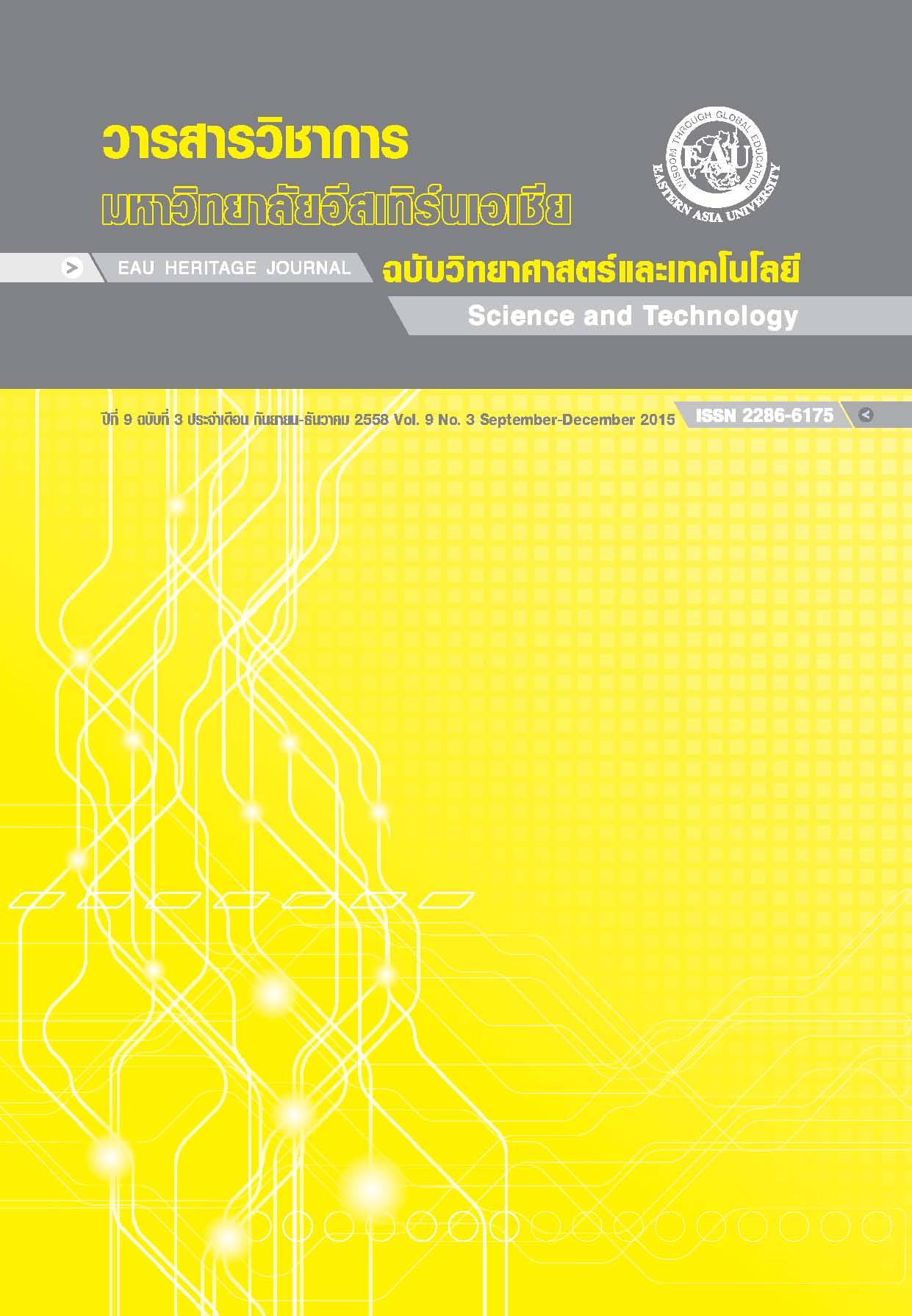Two Development Scenarios for Kameoka Flood Plain, Japan: Requirements for a Paradigm Shift to Green Infrastructure
คำสำคัญ:
development scenario, green infrastructure, flood plain, nature conservation, endangered species, biodiversityบทคัดย่อ
The local government of Kyoto Prefecture in Japan is currently planning to develop a large sports stadium in Kameoka floodplain. The floodplain is habitat to a nationally registered fish species, the Japanese kissing loach (Leptobotiacurta). However, the controversy between conservation and development is not simple because the habitat of the species is a river controlled to irrigate rice paddies. Local farmers, who are willing to develop the stadium, have been taking part in conservation activities by damming the river water to facilitate an egg-laying site for the fish. Therefore, a viable plan must preserve the habitat and be a comprehensive solution that supports the agricultural environment. Furthermore, the stadium project marks a watershed of two development scenarios of the Kameoka basin: (1) Gray Infrastructure, which is the conventional construction design used to deal with the risk of flooding and (2) Green Infrastructure, which is flexible, nature-oriented land use and design. The rare species still inhabits Kameoka basin because the basin is prone to flooding because of the narrow bottleneck, the Hozu valley, which has been providing impressive beautiful scenery and boating downstream to the nationally registered scenic beauty of Arashiyama in Kyoto.







